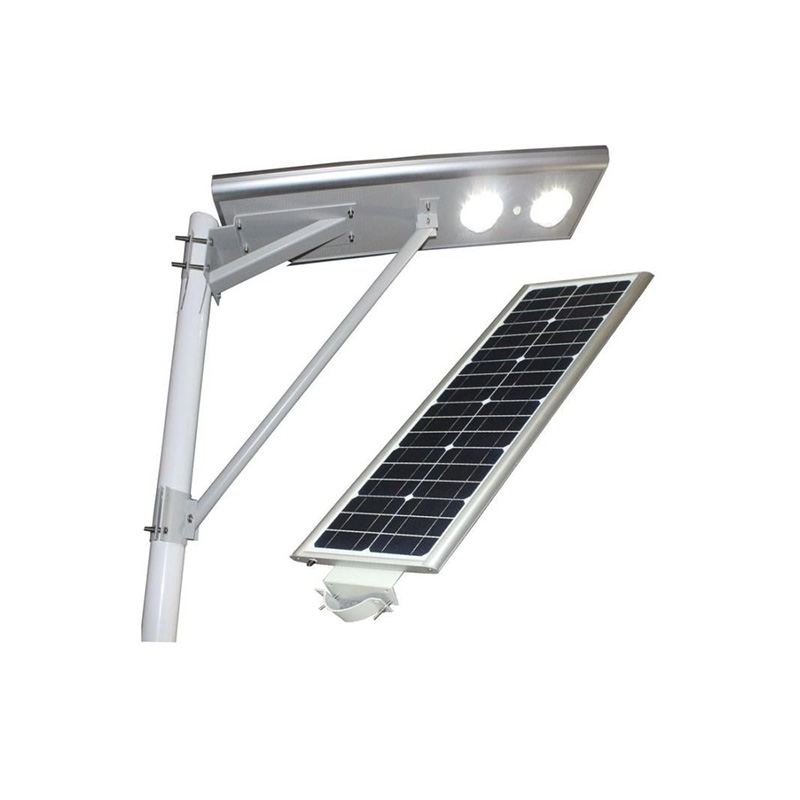
Urban planners face a nightly dilemma: how to illuminate streets sustainably. Traditional street lights drain municipal budgets and increase carbon footprints. In fact, street lighting consumes nearly 20% of global electricity according to IEA reports. Here’s where solar powered LED street lights shine as game-changers. These self-sufficient systems harness sunlight, converting it into nighttime illumination through advanced photovoltaic technology.
Initially, traditional lights seem cheaper. A standard 250W HPS lamp costs $100-$200 versus $500-$800 for a comparable solar powered LED street light. But flip the script: When our team calculated 10-year costs for a 2025 Dubai project, solar LEDs saved 65% overall. Why? Zero electricity bills and minimal maintenance. Traditional systems accumulate massive operational costs – think electricity consumption and frequent bulb replacements.
| Cost Factor | Solar LED Street Lights | Traditional Street Lights |
|---|---|---|
| Energy Consumption | $0 (Solar-powered) | $450/year per pole |
| Bulb Replacements | Every 10+ years | Every 2-3 years |
| Grid Infrastructure | Not required | $8,000-$10,000/mile |
Switching to solar street lighting isn’t rocket science. Follow these steps:
Solar LEDs eliminate light pollution through directional lighting. They contain no mercury vapor unlike HPS lamps. Interestingly, a Yale study found solar street lights reduce CO2 emissions by 1.2 tons annually per unit. That’s equivalent to planting 50 trees! Still, battery disposal remains a concern – lithium-ion units require proper recycling protocols.
Warning: Never install solar panels facing north in the Northern Hemisphere. Avoid placing lights under dense tree canopies. Don’t undersize battery capacity for cloudy regions. Remember to program controllers for local sunrise/sunset times.
Jakarta installed 5,000 solar powered LED street lights in flood-prone areas. Result? 70% cost savings and improved safety in blackouts. “During monsoon season when grid power fails, our solar LEDs keep working autonomously,” noted city engineer Arif Rahman. Maintenance calls dropped 80% compared to metal halide systems.
✓ Verify minimum 4 hours direct sunlight
✓ Choose IP65-rated weatherproof fixtures
✓ Include 20% extra battery capacity
✓ Install theft-resistant battery boxes
✓ Schedule seasonal panel cleaning
Q: Do solar lights work in winter?
A: Yes, though runtime decreases 20-30% in snowy climates. Modern systems compensate with higher efficiency panels.
Q: How long do batteries last?
A: Lithium batteries typically last 5-7 years – much longer than old lead-acid types.
Q: Can solar LEDs withstand extreme weather?
A: Absolutely. Quality units like those from Weiting Lighting operate in -40°C to 60°C environments.